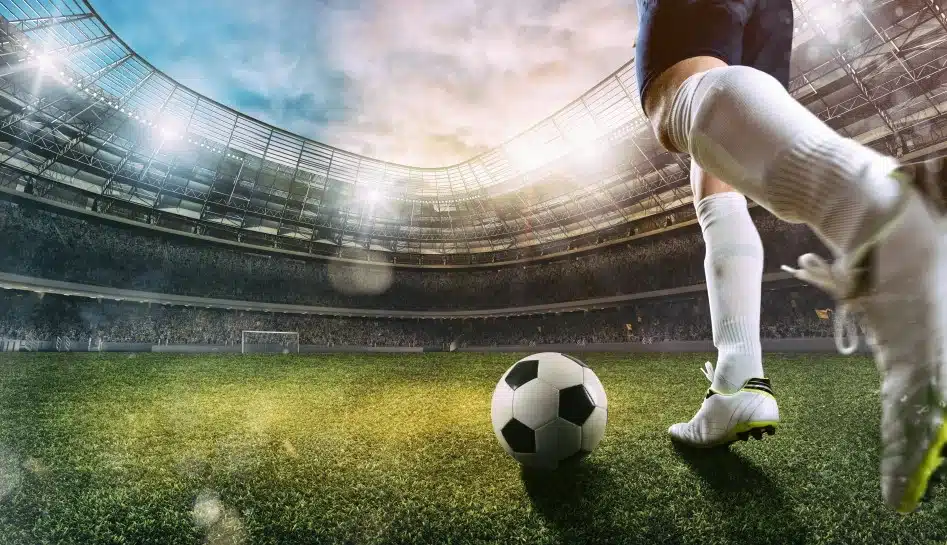It is a clinical event not inexplicable phenomenon, says the new study
While unexpected death among young athletes during play is often viewed as a dramatic event, a recent study describes such deaths as “real clinical events” as opposed to “random incomprehensible phenomenon that defies explanation.”
The study cites a number of young athletes who experienced quick, blunt, non-penetrating chest impacts that resulted in almost instantaneous cardiac arrest and death without any concomitant traumatic injuries to the heart or major arteries.
It identified cases from the registries of relevant agencies and organizations, as well as news-media accounts, and developed a clinical profile of 25 children and young adults, 3 to 19 years of age.
The relative rarity of commotio cordis (where a direct hit to the chest can result in cardiac arrest) does not reduce its importance, the report cautions. Commotio cordis is different to a heart attack, which happens when blood supply to the heart muscle is cut off.
“The great majority of deaths encountered in this study involved relatively localized point contact with the middle of the chest,” says the study that appeared in the latest issue of The New England Journal of Medicine (NEJM). “On the other hand, in about 15 percent of the victims, there was more extensive, broad-surface contact with the chest, as a result of bodily collision, tackling, or kicking.”
“Indeed, cardiac arrest induced by blunt impact has been so poorly understood that athletic-field deaths of this kind have occasionally been regarded as criminal acts rather than as physiologic catastrophes,” the study points out adding that even chest padding worn by these athletes was ineffective in absorbing the energy transfer on impact.
According to the report, each victim collapsed with cardiac arrest immediately after an unexpected blow to the chest, which was usually inflicted by a projectile like a baseball or hockey puck. Incidents took place during organized competitive sports in 16 cases and in recreational settings at home, at school, or on the playground in 9.
The study says after the blunt impact to the chest, 12 of the 25 victims fell to the ground instantaneously, apparently following cardiac arrest. In the other 13, death was not immediate. Some of these victims collapsed to the ground after impact and others remained standing, but all of them then briefly performed some kind of conscious physical activity or movement — opening their eyes, rising to a standing position (or attempting to do so), speaking or crying, vomiting, picking up and throwing a baseball, or walking or skating a few feet – before subsequently passing out once again, apparently because of cardiac arrest.
The study says the chest padding worn by these athletes were ineffective in absorbing the energy transfer on impact.
Read more: https://h-leads.com/top-ten-healthleads-stories-from-2022/


















Add Comment